|
|
|
|
Species Photo Gallery for Stictocephala stimulea No Common Name 13 |
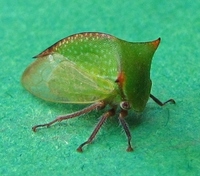 | Photo by: Ken Kneidel
Mecklenburg Co.
Comment: 7 mm | 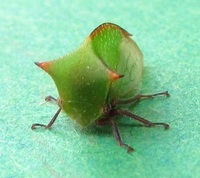 | Photo by: Ken Kneidel
Mecklenburg Co.
Comment: 7 mm |
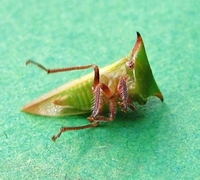 | Photo by: Ken Kneidel
Mecklenburg Co.
Comment: 7 mm | 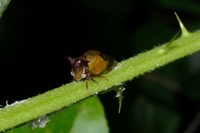 | Photo by: Scott Bolick
Guilford Co.
Comment: |
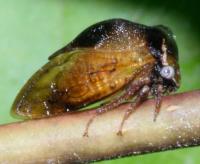 | Photo by: Scott Bolick
Guilford Co.
Comment: | 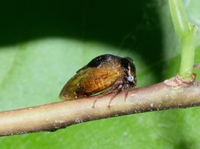 | Photo by: Scott Bolick
Guilford Co.
Comment: |
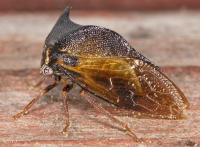 | Photo by: Mark Shields
Onslow Co.
Comment: | 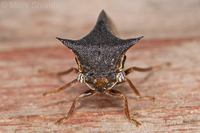 | Photo by: Mark Shields
Onslow Co.
Comment: |
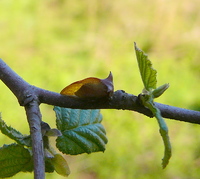 | Photo by: FKW
Gates Co.
Comment: MEMI | 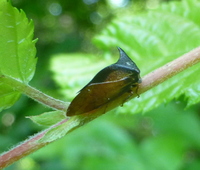 | Photo by: F. Williams, S. Williams
Gates Co.
Comment: MEMI |
 | Photo by: William Fisher
Orange Co.
Comment: | 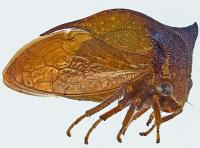 | Photo by: William Fisher
Orange Co.
Comment: |
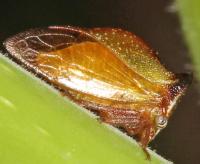 | Photo by: Harry Wilson
Wake Co.
Comment: |

 »
»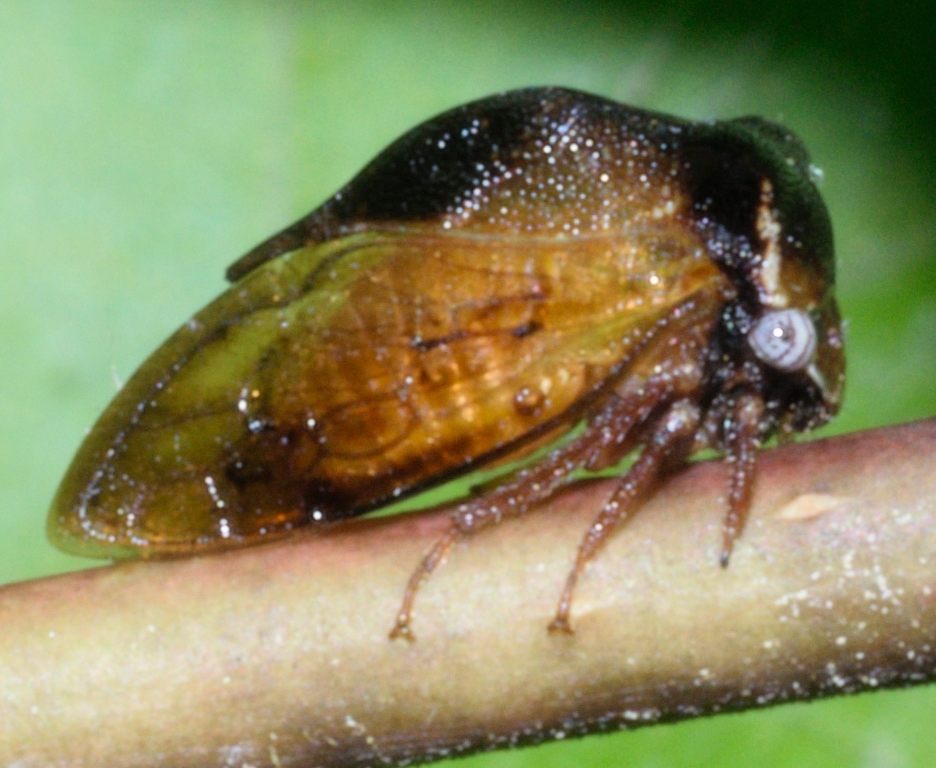
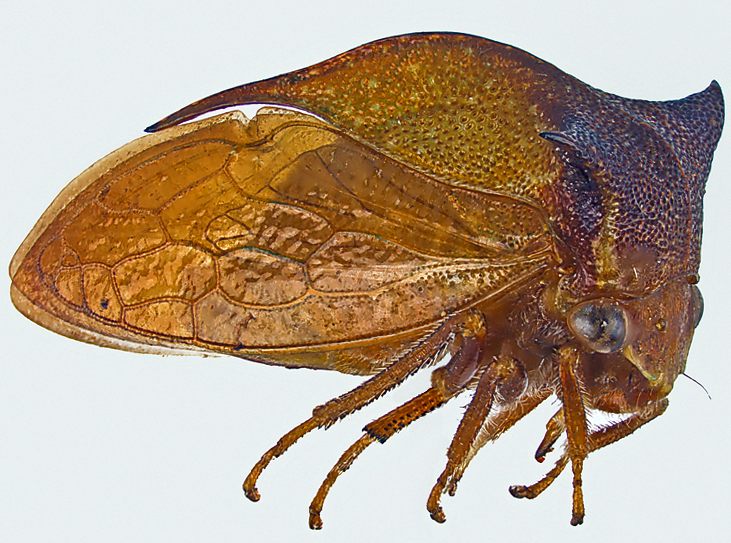
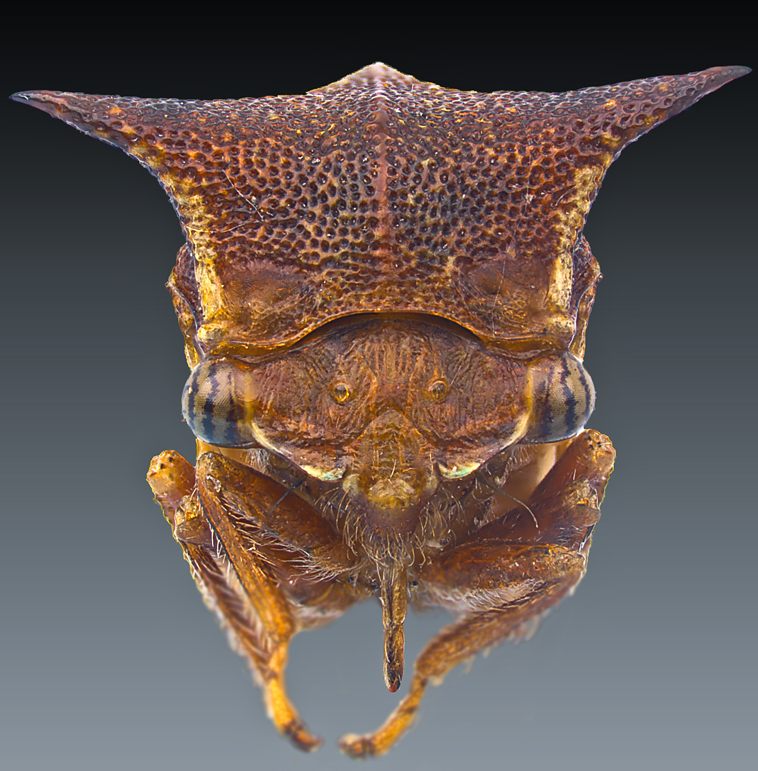


 »
»


